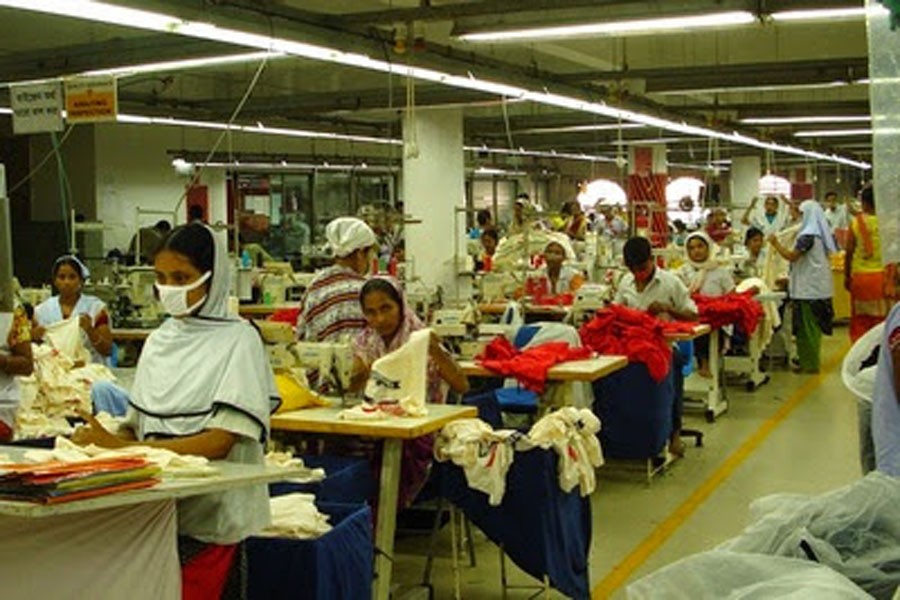
Published :
Updated :

The country's garments industry is still in transition. Following the Rana Plaza disaster, European Union (EU)-based retailer under the Accord and North American retailers under the Alliance inspected more than 2,300 garments factories in order to identify how their safety standard could be improved. Of those, 150 were referred to the government for immediate action on the ground of serious safety risks. Again, of the 150, 39 were closed, 42 partially closed and 69 were allowed to operate with some recommendations. The rest were brought under a remediation programme. But there remained another 1,549 outside the scanner of the Accord and the Alliance. On inspection for structural, fire and electrical integrity under a joint initiative by the government and the International Labour Organisation (ILO), about one-third of those factories have been closed by their owners. Non-compliance with safety standard, failure to compete in the market and also the reluctance to reinvest in units led to their closure.
If these are negative developments, there is a silver lining also in that 64 factories moved to new buildings, 14 were shifted to export processing zones (EPZs) and 178 were added to Western retailers' platforms. This means that a total of 256 factories inspected under the National Initiative (NI) got their acts together. Now of the rest 780 garments units, 312 are housed in their own buildings. Sadly, a significant number of garments factories have completed only 20 per cent of the remediation suggested over the past two years. This means there is a lot to be done by this large number of factories in order to stay in business. The Department of Inspection for Factories and Establishments (DIFE), a body vested with the power to inspect for the NI have issued a directive for the factory authorities to complete remediation by next April. Failure to meet the deadline will invite closure of factories, the authorities threaten.
So, overall not all is well on the readymade garments front of the country. The factories housed in their own buildings certainly have a better chance of retrofitting their establishments in order to comply with the required safety standard. But the factory owners have to be serious about the job on hands. In a highly competitive world, they must pull their socks up and be ready to take the challenge. The fact that 256 units have improved their performance by this time is going to act as an incentive for them. When the competition is stiff, the toughest get going.
The fate of the rest 468 looks bleak indeed because they are operating from rented buildings where other establishments are also housed. Remediation there is out of the question. All they need is recapitalisation. If they cannot independently take up the job, better it would be to go for partnership business. Vietnam is making gains in export share in the global market because it has proceeded in a planned manner. Bangladesh, sadly, did not follow the same policy. Now putting its house in order proves daunting. But given the prospect of a better organised garments industry, the country has no option other than getting its acts together. A campaign for convincing Western buyers aimed at raising prices of Bangladeshi products should also be launched. Its positive impact can save garments factories here.


 For all latest news, follow The Financial Express Google News channel.
For all latest news, follow The Financial Express Google News channel.